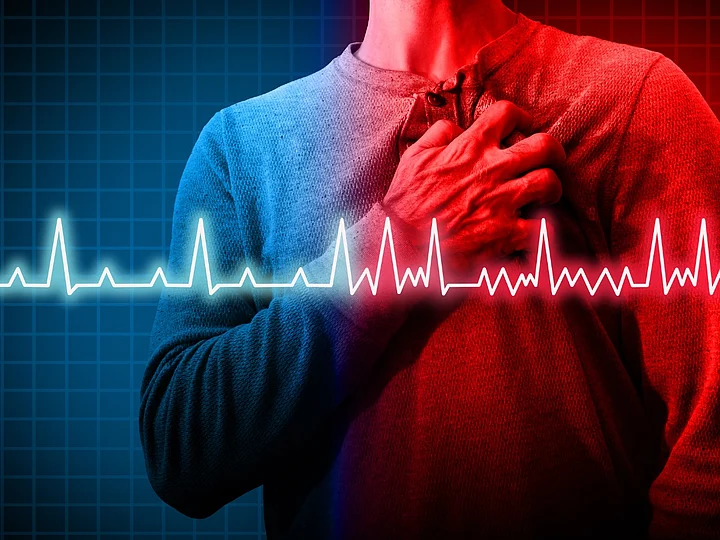Cardiac arrest can be explained as the abrupt loss of heart function, breathing, and consciousness. The condition is caused due to a problem with your heart's electrical system, thus, disrupting your heart's pumping action and blood flow.
Cardiac arrest and heart attacks are often thought to be the same, but they are not. A heart attack happens when the blood flow to a part of the heart is blocked but a heart attack can sometimes trigger an electrical disturbance, resulting in a sudden cardiac arrest.
A cardiac arrest can lead to death if medical help is not given immediately. Survival is possible with the help of fast and appropriate medical care. Let's have a look at the symptoms, causes, diagnosis, and treatment of cardiac arrest.
Cardiac Arrest: Signs and Symptoms
According to the doctors at Mayo Clinic, the signs and symptoms of cardiac arrest include:
Sudden collapse
Absence of pulse
Lack of breathing
Loss of consciousness
Discomfort in the chest
Shortness of breath
Fast-beating heart
Heart palpitations
Rapid or irregular heartbeats
Unexplained wheezing
Fainting or near fainting
Lightheadedness or dizziness
Cardiac Arrest: Causes and Risk Factors
The usual cause of a sudden cardiac arrest is an abnormal heart rhythm (arrhythmia), which is often the result of the heart's electrical system not working properly.
The heart's electrical system is responsible for controlling the rate and rhythm of your heartbeat. Whenever something goes wrong, your heart begins to beat faster, too slowly, or irregularly (arrhythmia). This usually happens briefly and is harmless, but it may lead to a sudden cardiac arrest at times.
According to the doctors at Cleveland Clinic, here are a few risk factors that increase the chances of a cardiac arrest:
Family history of coronary artery disease or cardiac arrest
History of cardiac arrest in one's lifetime or a heart attack in the past
Smoking
Personal or family history of heart rhythm disorders, congenital heart defects, heart failure, and cardiomyopathy
Males have a higher risk of cardiac arrest.
High blood pressure
High blood cholesterol
Obesity
Sedentary lifestyle
Old age
Using illegal drugs, such as cocaine or amphetamines
Nutritional imbalance
Obstructive sleep apnea
Chronic kidney diseases
Cardiac Arrest: Diagnosis
According to the United States National Institutes of Health (US NIH), here are a few ways to diagnose if a person has suffered from a cardiac arrest:
Electrocardiograms (ECG) help detect the electrical activity of your heart and may reveal disturbances in the heart rhythm or detect any abnormal electrical patterns.
Blood tests to look for signs of a heart attack and also to measure the potassium and magnesium levels.
Chest X-ray to detect other signs of heart diseases.
Echocardiogram to identify whether an area of the heart has been damaged by a heart attack or not.
Other tests like nuclear scan, MRI, CT scan, and cardiac catheterization can also determine the heart's pumping capacity by measuring the ejection fraction (the percentage of blood pumped out of a filled ventricle with each heartbeat).
Cardiac Arrest: Treatment
According to the doctors at Cleveland Clinic, an emergency cardiac arrest treatment would include restarting the heart and restoring a regular rhythm. The other options include:
Cardiopulmonary resuscitation (CPR) helps improve cardiac arrest survival. CPR is often performed when an automatic or external defibrillator is not ready. It uses chest compressions to replace the heart’s pumping action and helps move small amounts of blood from the heart to the brain.
An automatic defibrillator or external defibrillator helps deliver a brief electrical current (shock) to the chest to stop the abnormal impulses. It also helps restore the normal impulses to help the heart beat regularly. It may take more than one shock to make the heart pump on its own again.

